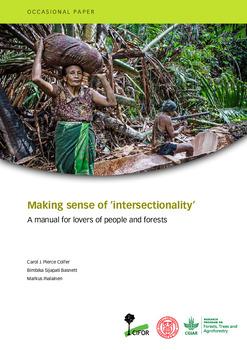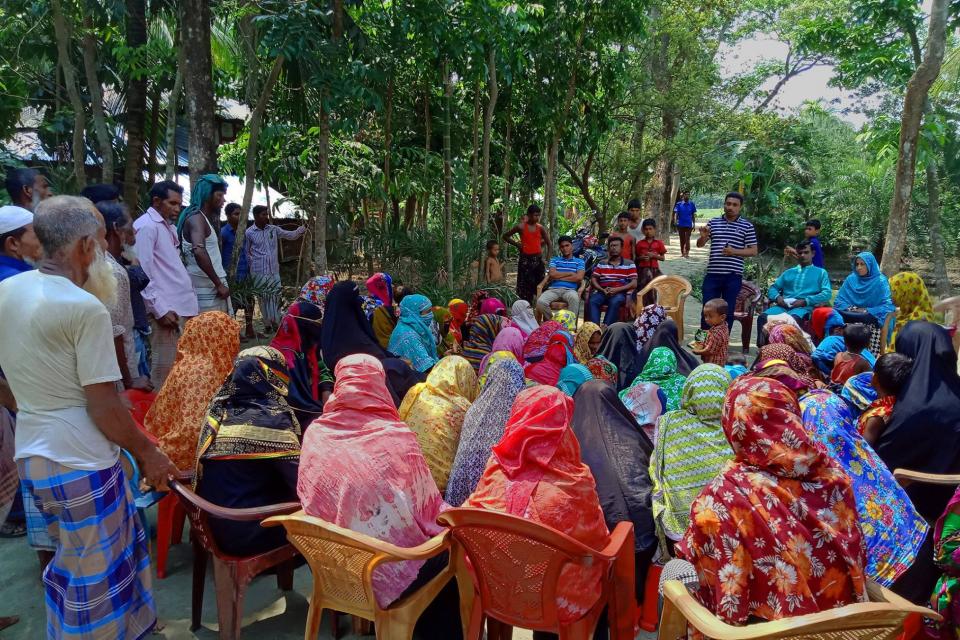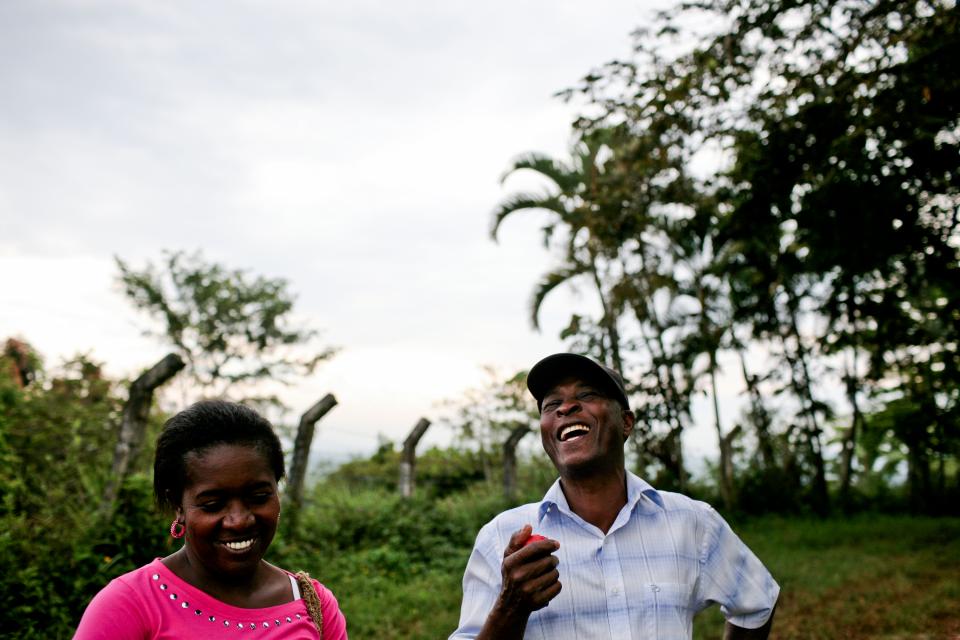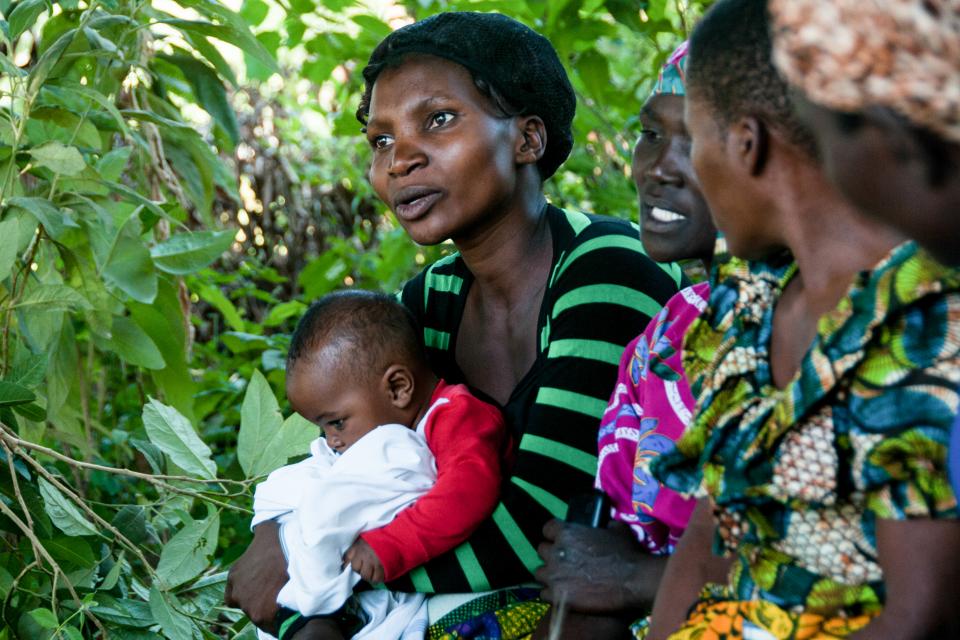Making sense of ‘intersectionality’: A manual for lovers of people and forests
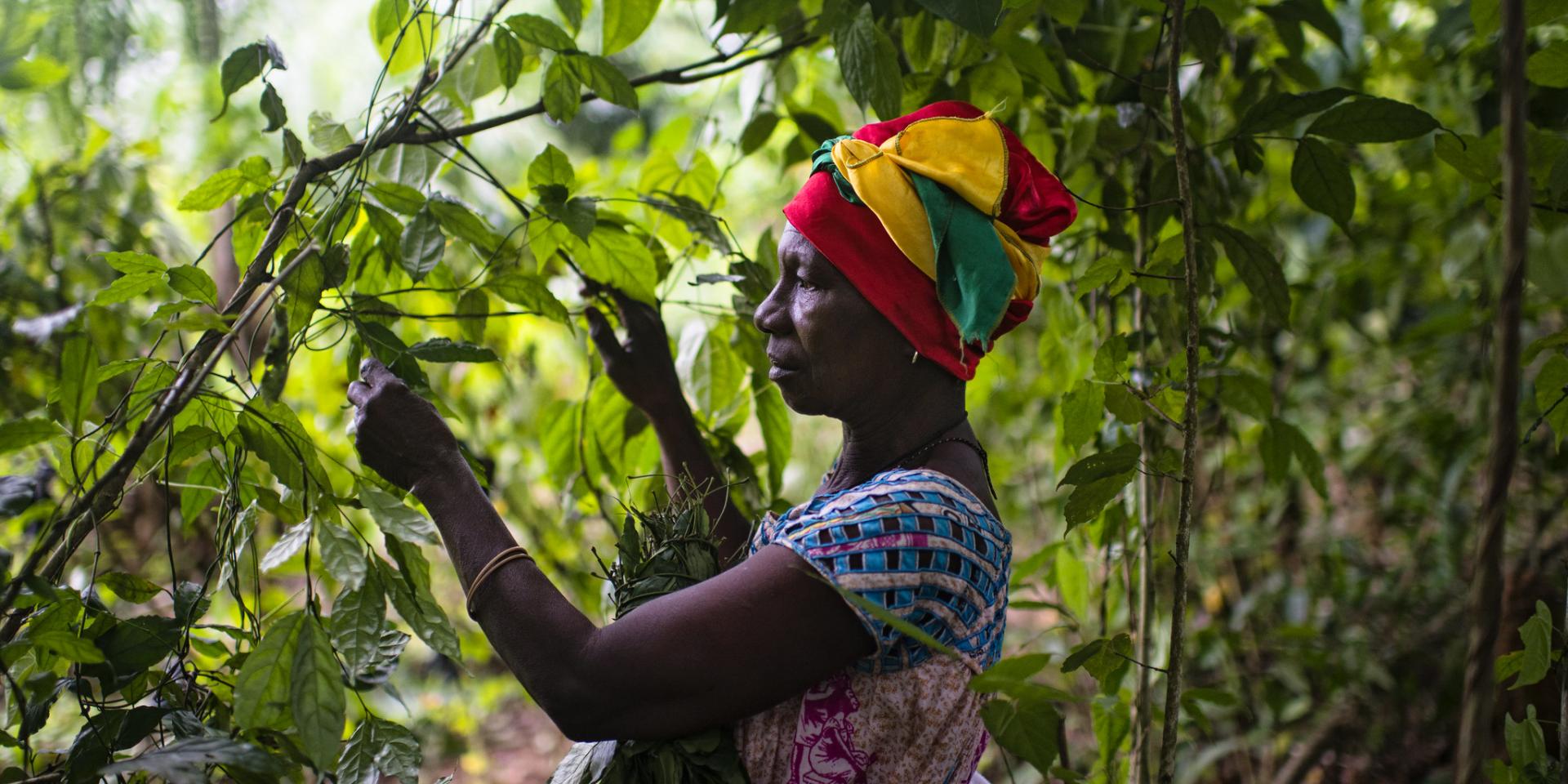
A training manual on how to apply an intersectional approach in forestry and agroforestry.
Why is this training manual important?
The forestry sector has engaged with gender issues to the extent that including “women” mattered for sustainable forest management and other forest-related goals. More recently, there has been a growing recognition that gender equality is a goal in its own right, and accordingly, considerable efforts and resources are now being devoted to “mainstream gender” in forestry.
While these are positive developments, “gender” is still largely interpreted in simplistic and binary ways. This has prevented a deeper and more meaningful analysis of how power relations operate to situate women and men in different forested landscapes; why certain individuals and groups are, or remain, marginalized; and what role research can play in promoting gender and social justice. One of the major reasons behind this shortfall is the gulf between applied research and gender theories. Gender research in forestry has yet to engage with the concept of “intersectionality,” or intersecting and interacting identities, even as the term is viewed as a gold standard for research in gender studies.
Who is this manual for?
This manual—Making sense of ‘intersectionality’: A manual for lovers of people and forests—introduces “intersectionality” to researchers working on forestry and agroforestry who are unfamiliar with the term, and to provide tips and strategies for applying it in their own work. Practitioners and policymakers who are concerned with using evidence to inform gender-inclusive programs and policies would also find this manual useful.
How can I use this manual?
The manual provides a brief and accessible overview of the major approaches and debates surrounding the term in gender studies. In applying the term, it proposes a five-lens approach (cognitive, emotional, social, economic and political) to identify who the marginalized are and what sustains their marginalization. The manual points to the value of supporting marginalized individuals and communities to bring about socially inclusive change.
When and how was it developed?
This manual was developed by researchers from the Center for International Forestry Research (CIFOR) and Cornell University. It was published in 2018.
Where can I learn more?
Publications
